From the perspective of training institutions under the Ministry of Culture, Sports and Tourism such as Ho Chi Minh City University of Culture, Ho Chi Minh City University of Fine Arts, Ho Chi Minh City Conservatory of Music..., it is clear to see the efforts to preserve identity, maintain a unique training model and develop specialized human resources - the fundamental factors to nurture Vietnam's cultural soft power in the process of integration and development.
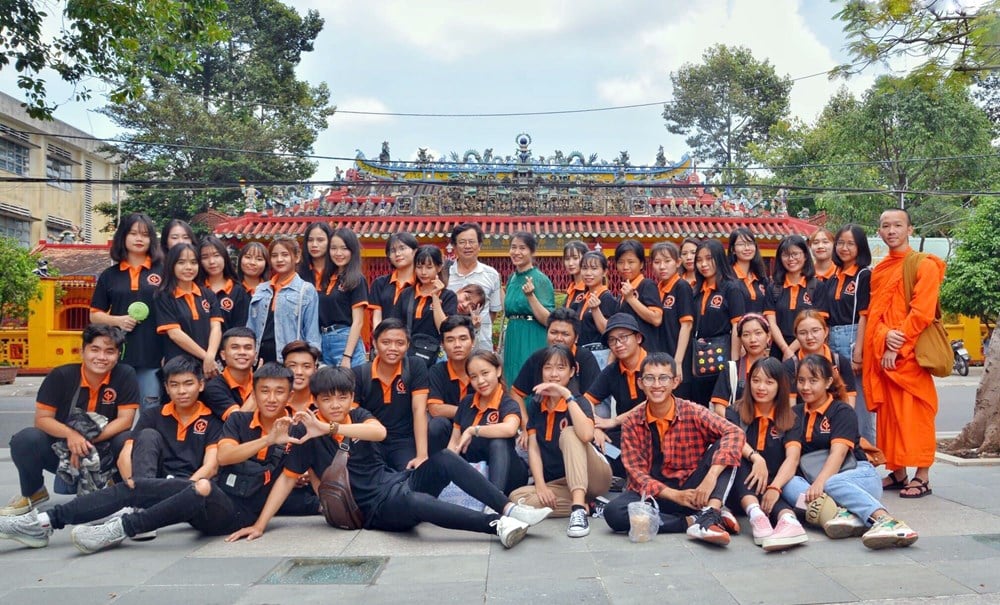
The role and orientation of training institutions under the Ministry of Culture, Sports and Tourism
Associate Professor Dr. Lam Nhan, Principal of Ho Chi Minh City University of Culture, said that the school currently undertakes three functions: Training, scientific research and community service in the fields of culture, arts, information, communication and tourism.
The training programs are designed to closely follow the management functions of the Ministry of Culture, Sports and Tourism, aiming at an application-oriented training model, closely linked to the practical operations of cultural - artistic and tourism institutions. The school is the only unit in the training system for many specific majors such as: Museology, Museum curation, Heritage preservation and restoration; Heritage studies (tangible and intangible), Cultural management, Cultural industry; Vietnamese culture, Cultural communication, Culture of ethnic minorities; Publishing business, Library, Cultural tourism, Community tourism...
Students and graduates are able to participate in building heritage dossiers to submit to UNESCO, curating and preserving heritage, managing international cooperation projects and developing cultural and tourism industries.
“With its role as a training, research and community service facility in specific fields, and its close connection with the Ministry’s institutional system, Ho Chi Minh City University of Culture needs to continue to be under the Ministry of Culture, Sports and Tourism. This is a condition to ensure consistency and effectiveness in the national cultural development strategy,” Associate Professor Dr. Lam Nhan emphasized.
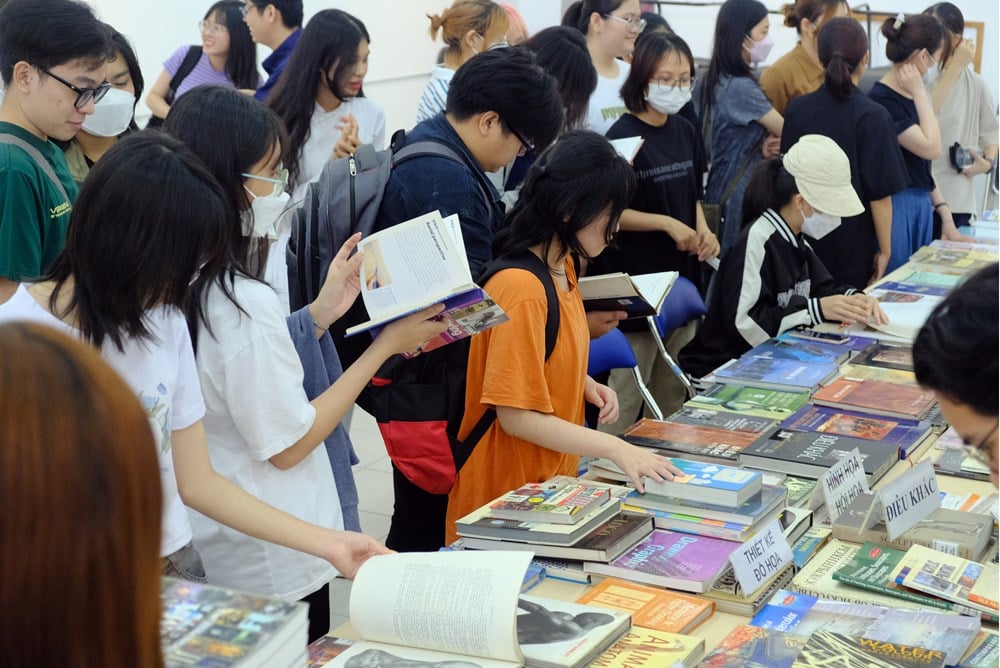
Along with the Ho Chi Minh City University of Culture, other art training institutions also play an important role in the education system under the Ministry of Culture, Sports and Tourism, typically the Ho Chi Minh City University of Fine Arts. Associate Professor Dr. Nguyen Van Minh, Principal of the school, said that the unit is one of the two leading specialized fine arts training institutions in the country, the only one in the Southern region, with more than 112 years of formation and development (1913-2025).
The school plays a core role in training, researching and developing high-quality human resources in fine arts, serving the cause of culture - arts and creative industries. Many works of lecturers and students have become a mark in the life of fine arts, preserved at the Vietnam Fine Arts Museum, the Ho Chi Minh City Fine Arts Museum and many domestic and foreign collections.
Many lecturers of the School have been awarded the Ho Chi Minh Prize, the State Prize for Literature and Arts; many works have won national and international awards, contributing to affirming the position of Vietnamese fine arts.
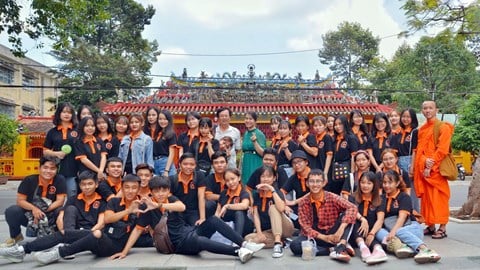
Culture – Specialized and specific training field
Associate Professor Dr. Nguyen Van Minh added that the school is not only a training facility but also a leading center of science - technology and innovation in the field of fine arts. The school implements many topics and projects applying digital technology, multimedia design, linking training with market needs; at the same time, plays a core role in the ecosystem connecting training facilities - artists - businesses - creative community, pioneering in bringing fine arts into innovation and startups.
“With its training, research and creative capacity that has been affirmed for more than a century, the school proposes to maintain the model under the Ministry of Culture, Sports and Tourism to continue promoting its role as a leading center for training, research and innovation in fine arts,” said Associate Professor, Dr. Nguyen Van Minh.
In addition to the field of fine arts, among the art training institutions under the Ministry of Culture, Sports and Tourism, the Ho Chi Minh City Conservatory of Music is also a central unit in the largest professional music training and development in the Southern region, with 70 years of formation and development. Many generations of musicians, singers, conductors, researchers, pedagogues and performing artists have grown up here, contributing significantly to the development of Vietnamese music.
Notable names include: People's Artist Quang Hai, People's Artist Ta Minh Tam, Professor Nguyen Van Nam, Associate Professor Ca Le Thuan, Associate Professor Nguyen Minh Cam, People's Artist Hoang Cuong, Meritorious Artist Mang Thi Hoi, Meritorious Artist My An, Meritorious Artist Huynh Khai, Meritorious Artist Hoang Ngoc Long, Meritorious Artist Nguyen Thi Hai Phuong, Meritorious Artist Pham Khanh Ngoc... Many students of the Conservatory of Music have won high awards in national and international music competitions, becoming typical representatives of Vietnamese talent.
According to Dr. Nguyen My Hanh, Acting Director of the Ho Chi Minh City Conservatory of Music, this is the only facility in Vietnam that trains in specialized majors such as Jazz, Pop, Rock, Harp, demonstrating its pioneering role in integrating modern music. At the same time, the Conservatory still maintains its mission of preserving and promoting national musical identity, spreading cultural values through performance programs serving politics and diplomacy at home and abroad.
“To promote its pivotal role in the professional music training system, while preserving the national quintessence and enhancing international integration, the Conservatory of Music needs to continue to be under the Ministry of Culture, Sports and Tourism. This is a prerequisite to maintain its identity, promote its strategic mission and bring Vietnamese music to the world,” Dr. Nguyen My Hanh affirmed.
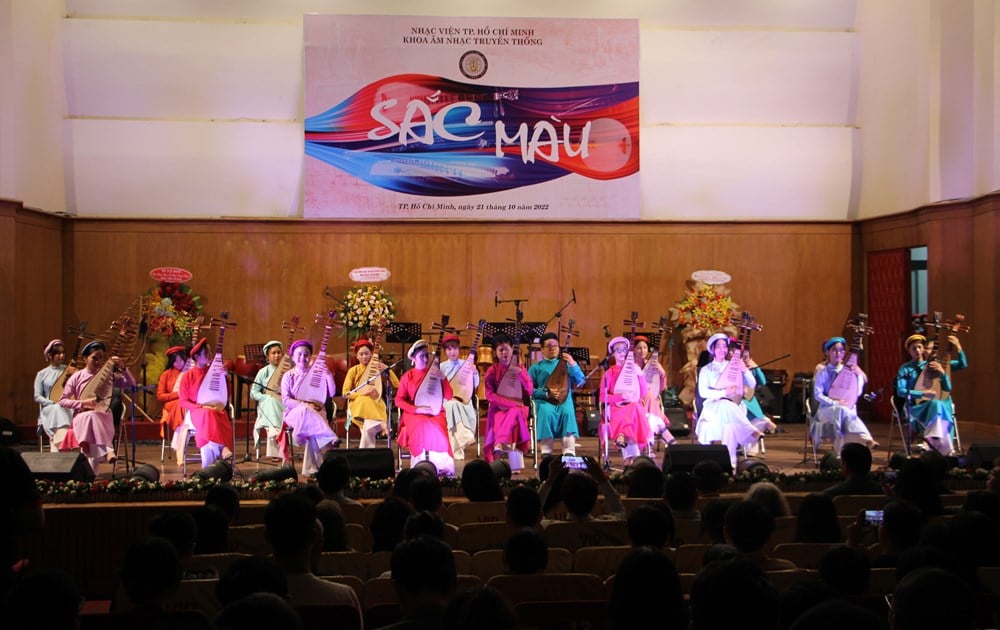
Maintaining characteristics and promoting identity in cultural and artistic training
In fact, over the years, schools under the Ministry of Culture, Sports and Tourism have built a training ecosystem with its own identity, closely linked with local cultural institutions, museums, theaters, art troupes and cultural centers. Thanks to that, students have a professional practice environment right during their studies - an advantage that training institutions outside the sector cannot have.
According to Dr. Trinh Dang Khoa, Chairman of the Council of the Ho Chi Minh City University of Culture, the uniqueness of cultural and artistic training institutions is reflected in their dual function: training professional human resources while preserving and promoting national cultural heritage. Schools not only impart theoretical knowledge but also directly participate in creating, performing, researching and spreading cultural values to the community.
“These are areas where the labor market cannot be valued by profit, because its products are knowledge, identity and national spirit,” Dr. Trinh Dang Khoa emphasized.
He said that the restructuring of the public service system is a correct policy to streamline the apparatus and improve operational efficiency, but there needs to be a separate mechanism for specific sectors such as culture and arts. This is a sector closely linked to political tasks, ideological education and the preservation of traditional values, and it is not possible to mechanically apply the criteria of other sectors.
Many majors in the cultural field such as Museum Studies, Heritage Studies, Ethnic Minority Culture, Cultural Management, Cultural Communication, Library Studies, etc. have demonstrated their independence and specificity. These are professions that require deep expertise and a solid cultural foundation, and cannot be replaced by a few integrated courses in the training programs of other schools.
Source: https://baovanhoa.vn/van-hoa/giu-vung-tinh-dac-thu-de-phat-trien-ben-vung-172684.html




![[Photo] Parade to celebrate the 50th anniversary of Laos' National Day](/_next/image?url=https%3A%2F%2Fvphoto.vietnam.vn%2Fthumb%2F1200x675%2Fvietnam%2Fresource%2FIMAGE%2F2025%2F12%2F02%2F1764691918289_ndo_br_0-jpg.webp&w=3840&q=75)


![[Photo] Worshiping the Tuyet Son statue - a nearly 400-year-old treasure at Keo Pagoda](/_next/image?url=https%3A%2F%2Fvphoto.vietnam.vn%2Fthumb%2F1200x675%2Fvietnam%2Fresource%2FIMAGE%2F2025%2F12%2F02%2F1764679323086_ndo_br_tempimageomw0hi-4884-jpg.webp&w=3840&q=75)
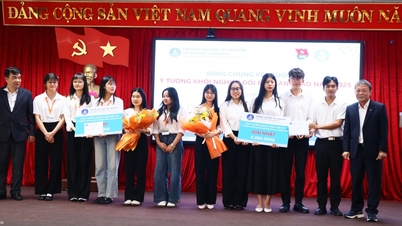



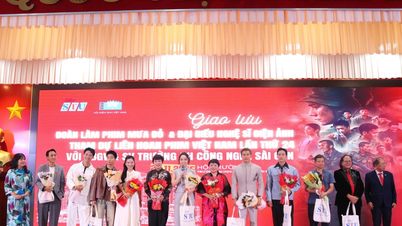

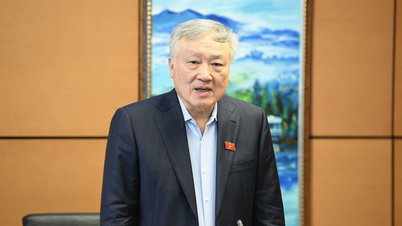




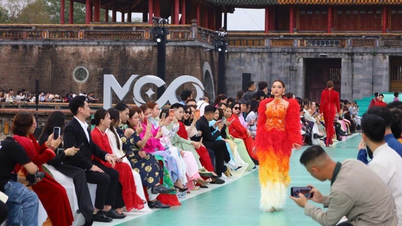

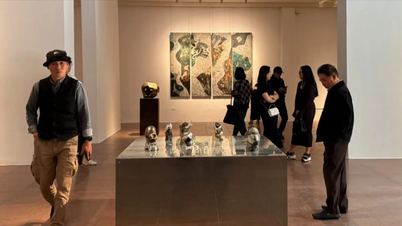

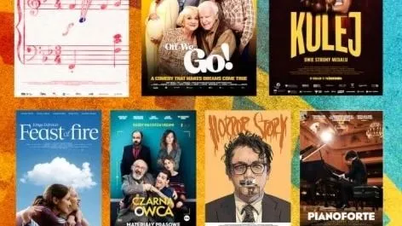
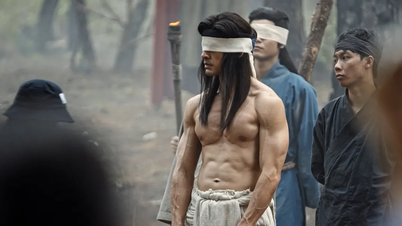
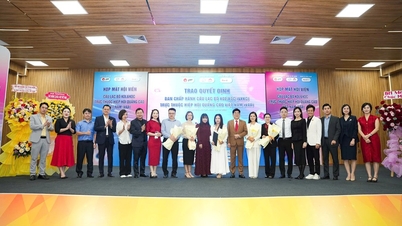
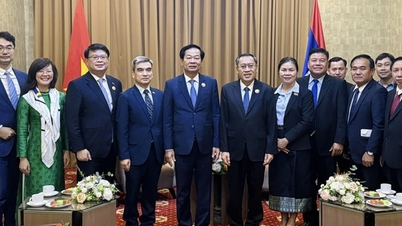





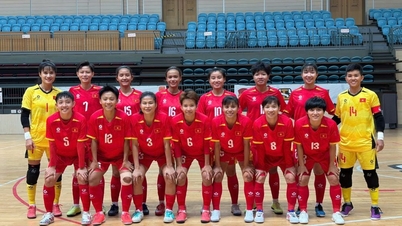
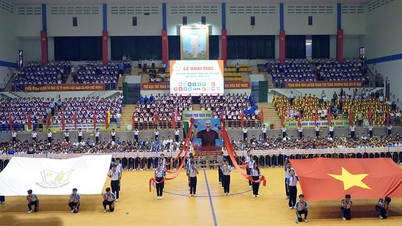

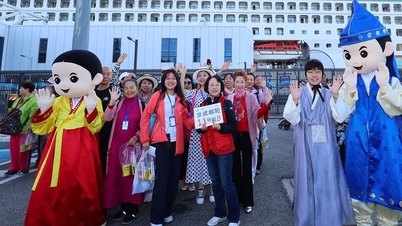


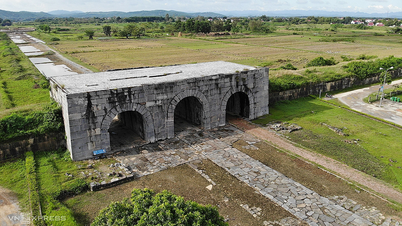




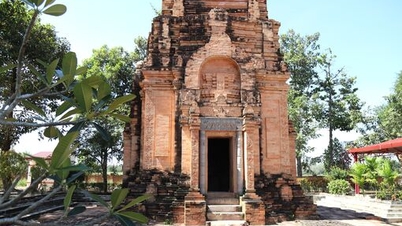

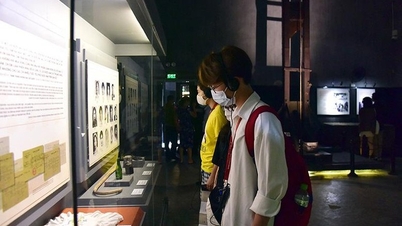
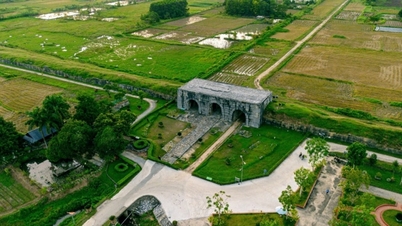

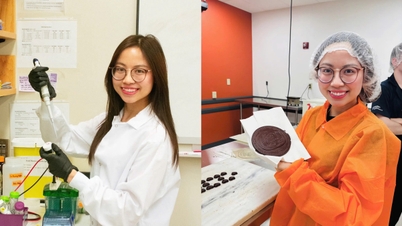

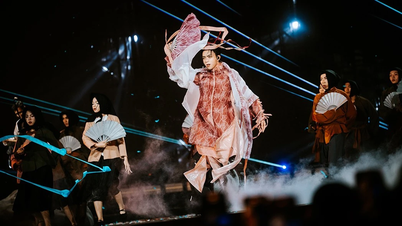
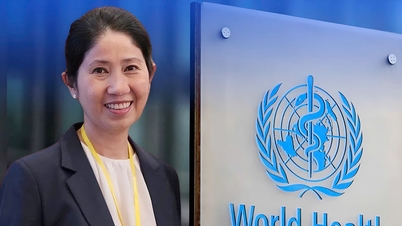


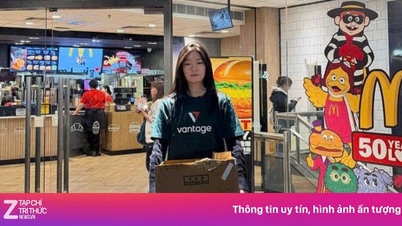

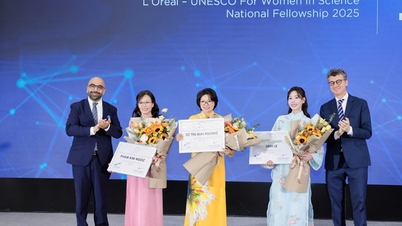



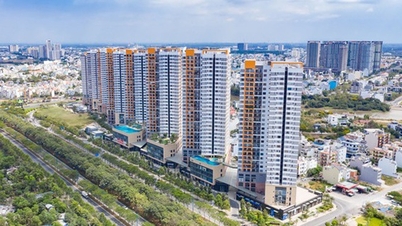



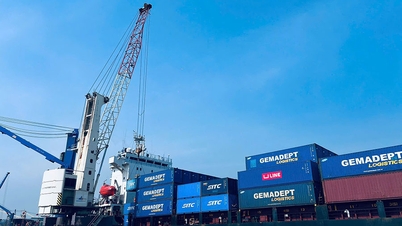







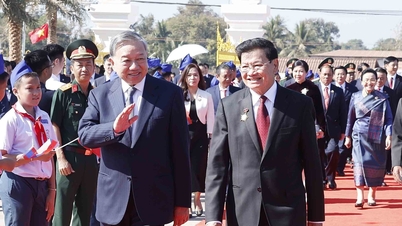
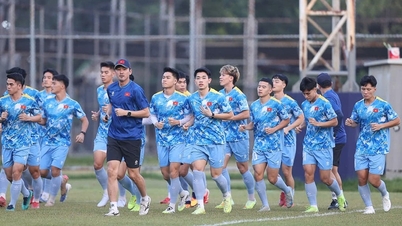





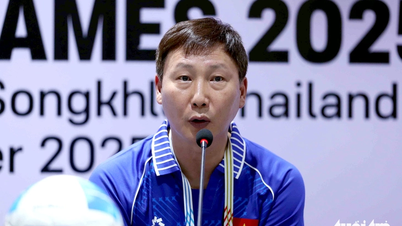
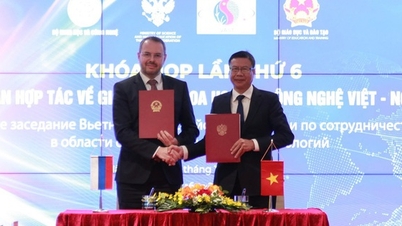
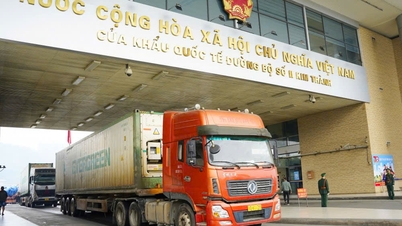

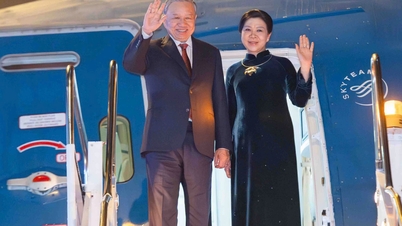

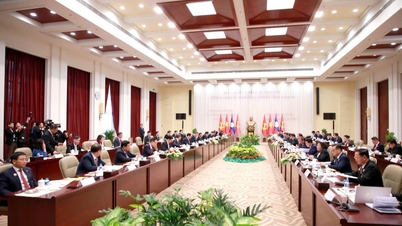

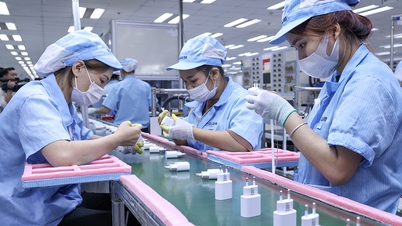


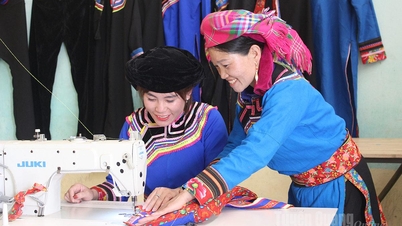




















Comment (0)